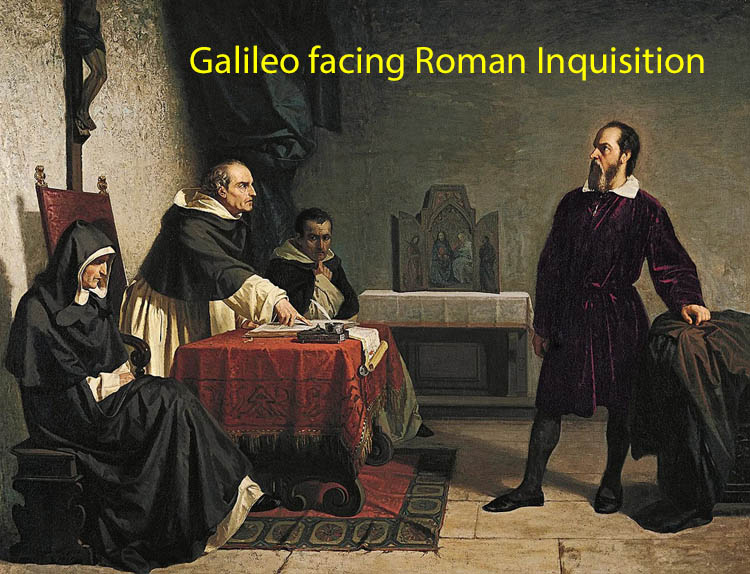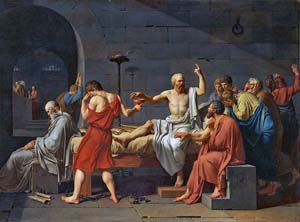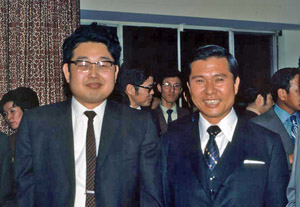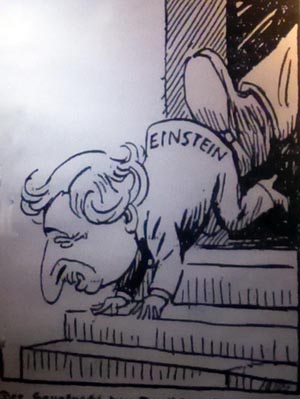
Great Prisoners in History
- History books mention the name of persons who made contributions in shaping
up the present world. If not all, most of them received heavy punishments from
their authorities.

|
Socrates before drinking poison in his prison cell. I took a photo of this
painting at the Metropolitan Museum of Ats in New York.
|
-
Socrates had to drink poison beause he did not agree with the rulers.
This story is well known.
- Galileo Galilei
once received a death sentence. This story is well known.
- Adolf Hitler was once a very powerful man in Europe. He wrote his book
entitled Mein Kampf
while in prison.
- Kim Ku and
Yi Seungman are
two giants in Korea's recent history. They both spent their years in prison.
- Kim Dae-Jung
was the president of Korea from 1998 to 2003. In 2000, he received the
Nobel Peace Prize for his struggle for democracy in Korea.

|
In 1969, Kim Dae-Jung was a new name in Korean politics, and he came to
Washington, and Koreans gave him a welcoming party. I went there and had
this photo with him.
|
In 1969, he was a new name in Korean politics. He had to come to Washington
in order to get permission from the United States to run for the president
of his country.
He had to live in jail for many years. He was almost buried alive into the ocean
while being kidnapped from Japan to Korea in 1973 by a dictatorial regime
in Korea. It is said that his life was saved thanks to the intervention by
the United Sates.

|
European depiction of Einstein's immigration to the Unites States. Photo from the
Einstein Museum in Bern, Switzerland.
|
- Albert Einstein was
expelled from his homeland (Germany) to the United States in 1933 (academically
empty land at that time).
Einstein was Princeton's No. 1 man. His name was so great that many ambitious students
went to Princeton for their graduate studies to work with Einstein even after his
death in 1955. I was one of them. I went there in 1958.
- Who was then the No.2 man there? His name is not well known to the public,
but he was a giant in the physics world. His name was
Eugene Paul Wigner.
Wigner received his Nobel prize in 1963.
Wigner published his most important paper in 1939.
However, Princeton thought he was crazy and useless while he was working on this paper.
Princeton fired him, and Wigner had to move to the University of Wisconsin at Madison.
He completed this paper while he was at the University of Wisconsin. He later came back
to Princeton, stayed there until his death in 1995.
- In the world of physics, I maintain my identity as
Wigner's youngest student,
since I published seven papers with him from 1987 to 1990.
- Go to this page to hear the stories of my own prison life.
|